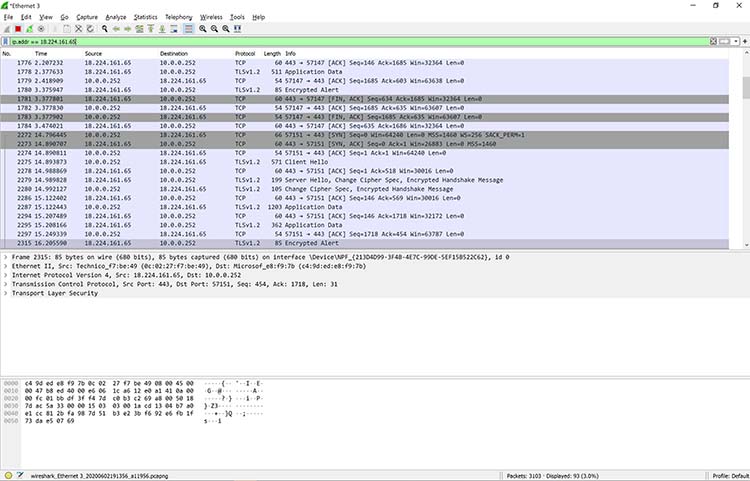

Then the main document was published in December 1995: RFC1883 "Internet Protocol, Version 6 (IPv6) Specification". The History of IPv6 started in 1994-1995 with documents such as: RFC1719 "A Direction for IPng", RFC1726 "Technical Criteria for Choosing IP The Next Generation (IPng)" and RFC1752 RFC1752 "The Recommendation for the IP Next Generation Protocol". Extensibility: Improved support for options / extensions.Enhanced support for multicast and QoS.Streamlined header format and flow identification.End-to-end security, with built-in, strong IP-layer encryption and authentication.More efficient and robust mobility mechanisms.Server-less autoconfiguration ("plug-n-play") and reconfiguration.Ĭonsequently, the design of IPv6 was an opportunistic way to improve the Internet, with new benefits such as: There may be alternative technical solutions, such as NAT (Network Address Translation), but they won't work so easily to allow this growth. This, combined with new 'always-on' access technologies such as xDSL, cable, ethernet-to-the-home, were increasing the appetite for new devices and new users.

This need arose from fast Internet growth: billions of new devices (cell phones, PDAs, appliances, cars, etc.), and billions of new users (China, India, Latin America). IPv6 was initially designed with a compelling reason in mind: the need for more IP addresses.

IPv6 is the "next generation" protocol designed by the IETF to replace the current version of Internet_Protocol, IP Version 4 or IPv4. 8.IPv6 is short for "Internet Protocol version 6".


 0 kommentar(er)
0 kommentar(er)
